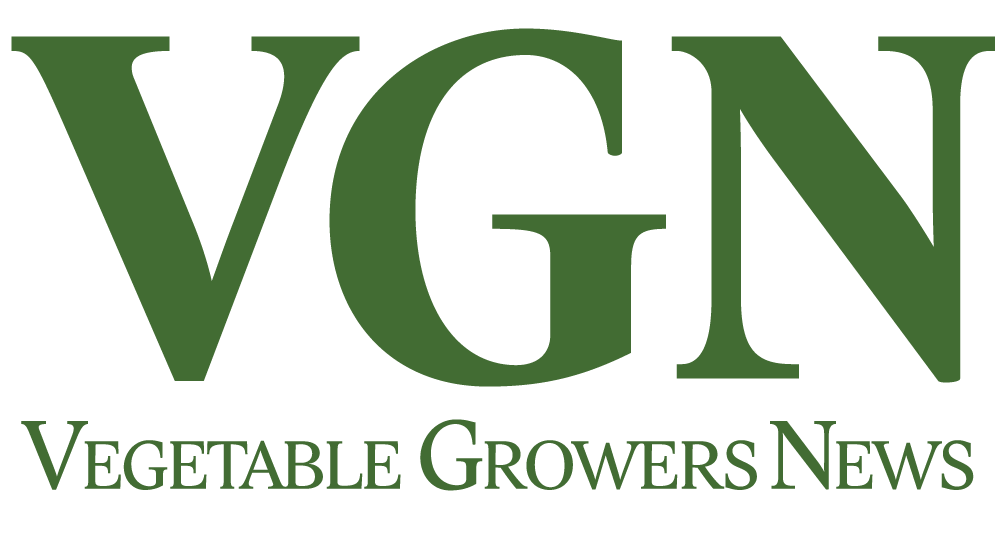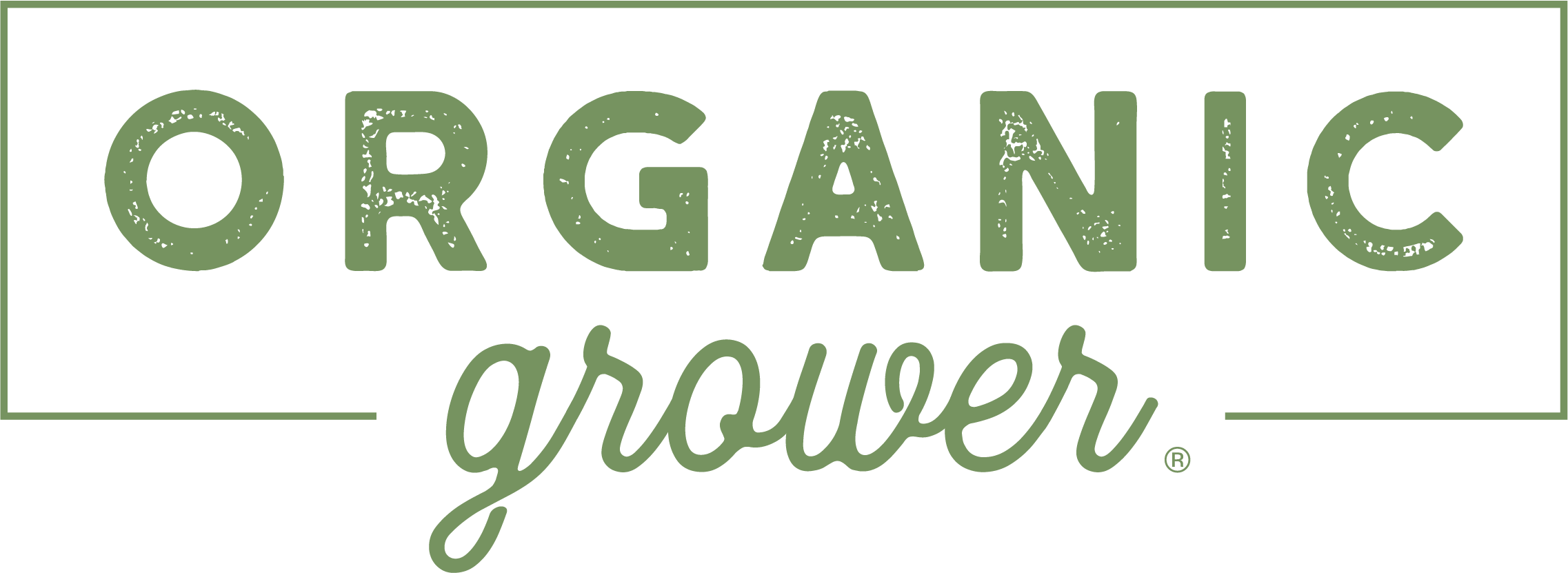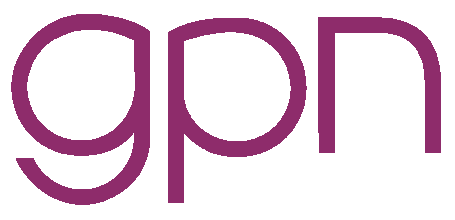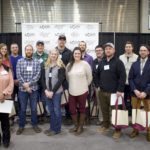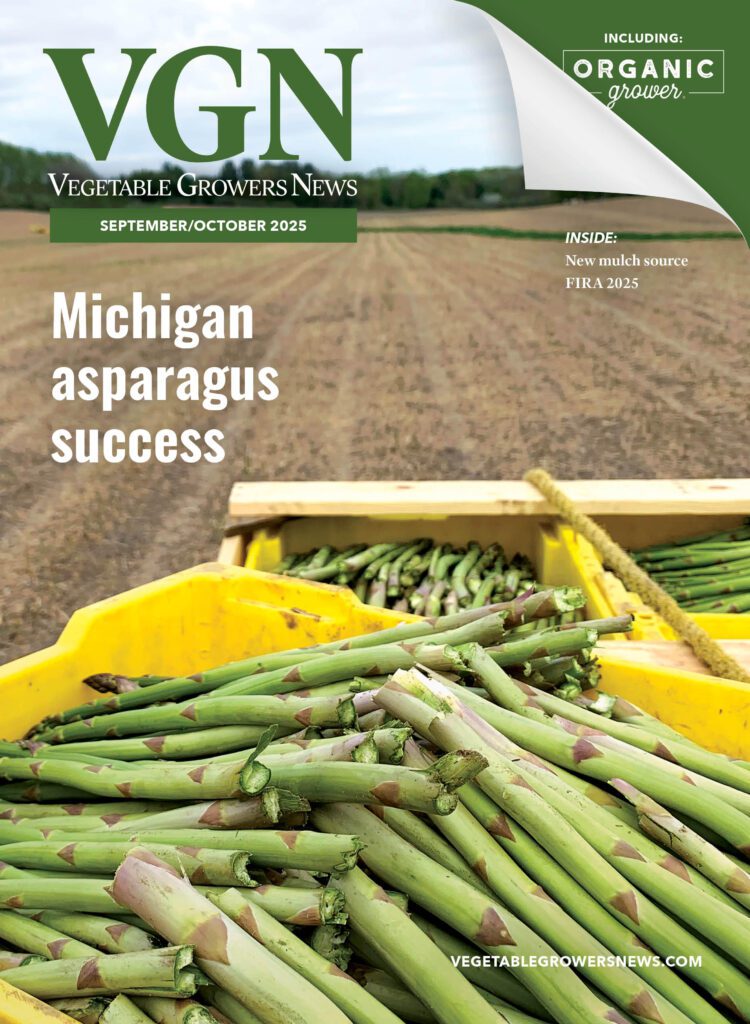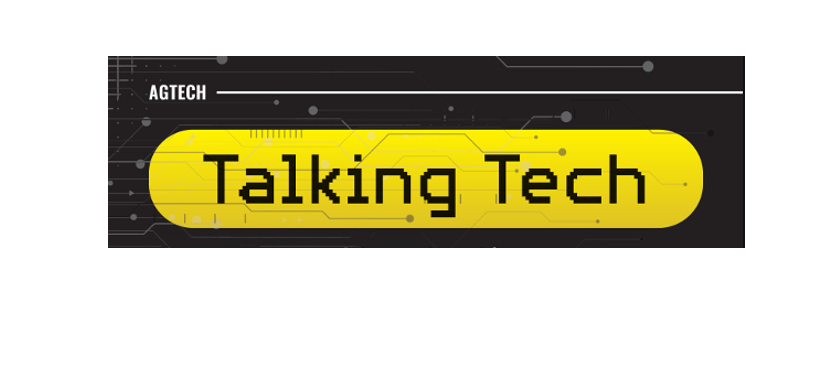
Nov 18, 2024Precision agriculture technology transforms farming
Farming has been forever changed by innovation. New tools help fruit, vegetable, and tree nut growers improve pest management, disease monitoring, and data collection. Today, precision agriculture technology is leading that change, with mobile apps, IoT devices, and AI-driven solutions giving growers real-time insights to improve efficiency and sustainability.
Mobile apps in particular allow farmers to optimize irrigation, target fertilization, and enhance field monitoring. With just a phone, growers can access valuable information, saving time and money in the process.
Mobile solutions from AgProz
AgProz provides software and mobile solutions that deliver accurate crop acreage data, marketing resources, and analytics for growers across all segments.
“We’re more tied to vendors and companies who are trying to find growers,” said John Krum, founder and CEO of AgProz.
Krum created the company with the idea of overlaying agriculture data on a map, similar to Zillow for real estate.

“With AgProz, what you’re able to do is from a map see how many acres a grower has, what kind of crops are farmed, as well as a name and contact info,” Krum said. “Once I was able to pull out this information, I was no longer going in blind about what growers I could get in front of and help. It empowers companies like John Deere and others. It keeps the right people in front of the right growers.”
AgProz’s core product is its mobile app. The company now also leverages its data from a marketing and workforce perspective. “You can track certian things inside the app and navigate the workflow before doing follow-ups,” Krum said.
Doktar apps support precision farming
Netherlands-based Doktar develops mobile apps that support precision agriculture technology by helping farmers make data-driving decisions.
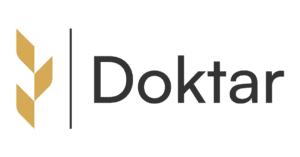
IoTrack manages Filiz Agricultural Sensor Stations and PestTrap Digital Pest Tracking Stations from a single platform. “Users can track their data flow and receive instant notifications from IoT-enabled devices, allowing them to make informed decisions and enhance efficiency,” said Doktar CEO Tanzer Bilgen.
PestTrap uses sticky paper and an integrated camera to capture daily images of insects. Machine learning identifies and counts pests in real time. Integrated with IoTrack, PestTrap allows effortless remote tracking and sends alerts when pest levels reach thresholds.
“They can view pest species distribution and 48-hour spraying suitability assessments to take timely actions that reduce the economic impact of pest and optimize yields,” Bilgen said. “PestTrap’s machine learning algorithm recognizing region-specific pests, tracks their developmental cycle and learns to identify new pests accurately within two weeks.”
Doktar also offers Orbit, an app that monitors crop health, water stress, and disease risks. “Health, inspection and water stress maps are crucial,” Bilgen said. “With Orbit, you can monitor the weather hourly with the live precipitation and storm tracking feature and take timely precautions with front risk and fungal disease risk notifications.”
Barn Owl Technologies provides automatic scouting
Barn Own Technologies develops hardware and app-based tools for insect monitoring. “It will lead to a reduction on bug sprays and increase production,” said Richard Chen, president. The company currently works with apple growers in Massachusetts to target pests such as oriental fruit moth, codling moth, obliquebranded leafroller, plum curculio, apple maggot, and brown marmorated stink bug.
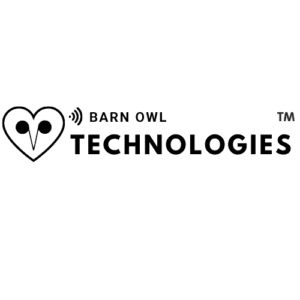
The app tracks insect arrivals (biofix) and weekly counts, replacing manual scouting. “Scouting insects is usually a weekly job for growers, but if they mess up the first arrival date, they spray all season long,” Chen said. “Finding first arrival date for growers requires them to scout every day, which is not feasible.”
Barn Owl is also developing automatic trapping systems for Colorado potato beetles and other ground and crawling insects. According to one grower,
production increased by 25% – 50% when early arrival dates for potato beetles were discovered.
Irrigation control apps
Other mobile solutions also play a role in precision agriculture technology. FiledNET Mobile allows growers to monitor and control irrigation systems from a phone, improving efficiency and crop health.
Agrobase serves as a crop protection database with pest, disease, and weed identification, along with agricultural news and trends. Prospera offers pivot irrigation monitoring and planning tools directly through its app.
AI-powered optical sorting
AI-driven optical sorting equipment is another fast-growing innovation. “This advancement involves the use of cameras with quicker processors to reduce collateral loss resulting from misdetection,” said Oscar Sandoval, California senior regional account manager at AMVT.
By mimicking human inspection, AI-powered sorters reduce waste while improving product quality for fruit and nut growers. “The latest models analyze factors like size, color, texture and length to achieve precise separation, mirroring the discernment of the human eye utilizing AI,” Sandoval said.
Other companies, including Taranis, uses AI and aerial imaging to monitor crops at higher resolutions, detecting pest, disease, and nutrient issues earlier for timely interventions.
The future of precision agriculture technology
From apps to AI, precision agriculture technology is transforming farm management. These tools give growers the ability to monitor fields in real time, optimize resource use, and make more informed decisions. The result is greater efficiency, improved sustainability, and higher yields across fruit, vegetable and nut production.
— Keith Loria
Keith Loria is an award-winning journalist who has been writing for almost 20 years.
